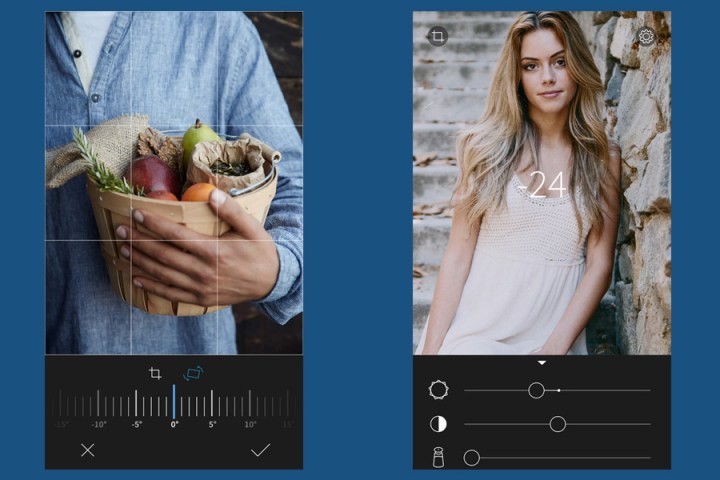
The app is the third film photo app from Really Nice Images, a London-based software company. The latest addition adds to the film simulation app family that already includes RNI Films and the retro film simulation RNI Flashback. The company’s latest addition sits in between the two apps with a “more color, less editing” tagline that offers more control over the simpler retro app, but with less time than the original RNI Films.
The app adjusts image color and tone to replicate film, but not with that film-left-in-the-attic-for-decades type of look. Instead, the app uses inspiration from high-end slide film to recolor iPhone and iPad shots.
Developers say the AI app was trained to edit shots using scans of high-quality film images. That structure helps the app to edit shots without over-processing, according to RNI. The app helps colors to pop in a subtle way, upgrading the colors of digital to imitate the high-end films the platform was trained on.
Instead of trying to be an all-in-one image editor, Colibri is designed specifically to enhance the image’s colors with a film atheistic. The app aims to offer a quick, simple process, though the app also has crop and rotate tools. A slider adjusts the intensity of the effects.
RNI Colibri is available for iOS mobile devices for $1 on the App Store. The Flashback app sells for $4 while RNI Films is a free app with in-app purchases. RNI also designs Lightroom presets and says a video editing product is also in the works.




